Nothing is safe around some canines.
From shoes to TV remotes to furniture, some dogs will chew anything and everything they can reach.
These kinds of destructive chewing behaviors can be incredibly frustrating. Not only are some of these things expensive to replace, but you also have to clean up the resulting mess. For that matter, destructive chewing can be dangerous!
Don’t worry – I’ll try to explain why your doggo feels compelled to chew everything you own and share some tips for addressing the problem below!
First Things First: Why Do Dogs Chew on Stuff?
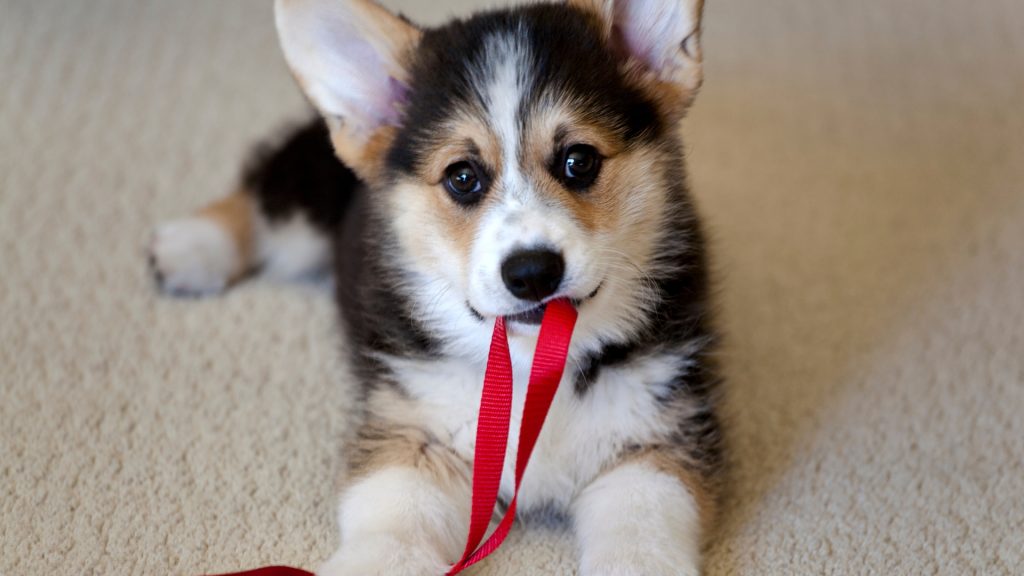
Dogs chew for a variety of reasons, and individual chewing sessions can often be attributed to multiple triggers. Some of the leading reasons dogs like to nom include:
Instinct
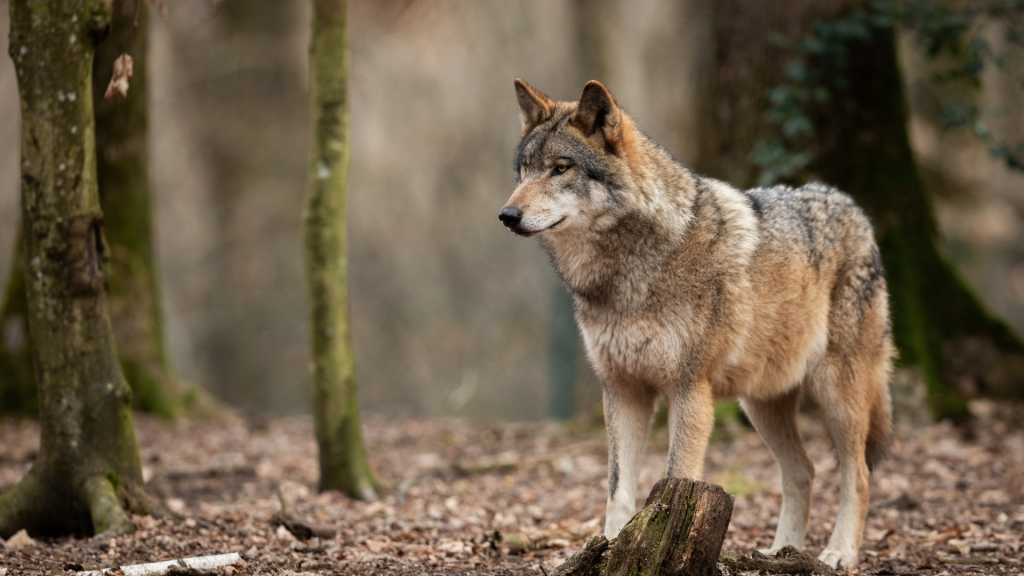
All dogs have a natural urge to chew. In fact, it was an important behavior for your dog’s ancestors, who may have had to chew through tough, protective things like bones or shells to access food. Modern dogs don’t need to crack open a femur to access bone marrow anymore, but the drive to chew hasn’t gone anywhere.
It is important to note, however, that different individual dogs and different dog breeds express this instinctual urge to varying degrees.
Hunger
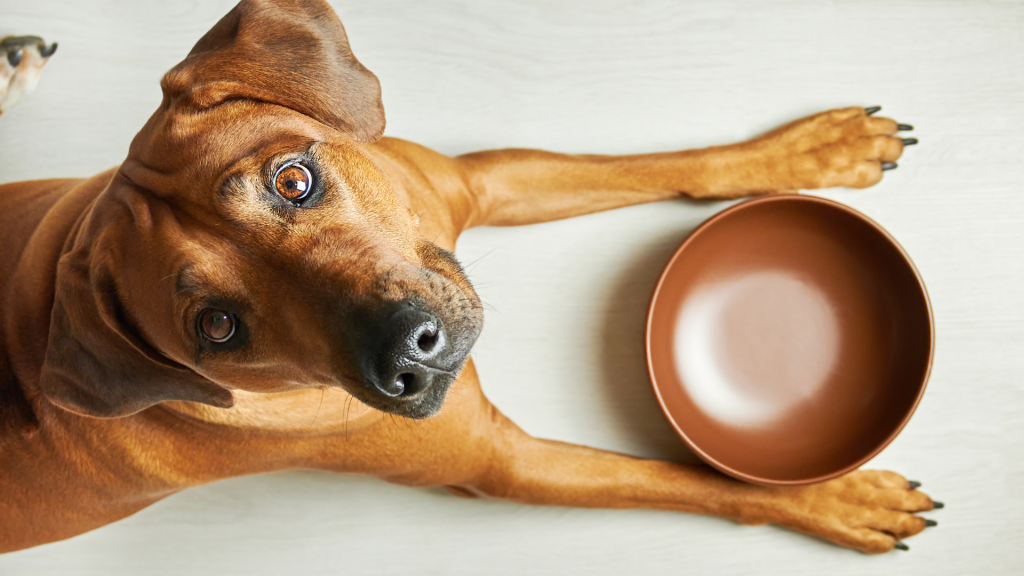
Lots of dogs will chew on various items when they’re hungry — even if the thing they decide to chew on isn’t edible.
With that said, this kind of chewing behavior often involves things that smell like they may be food. Leather items often fall into this category, as do any number of things from the trash can, including napkins, metal cans, and plastic containers.
Boredom
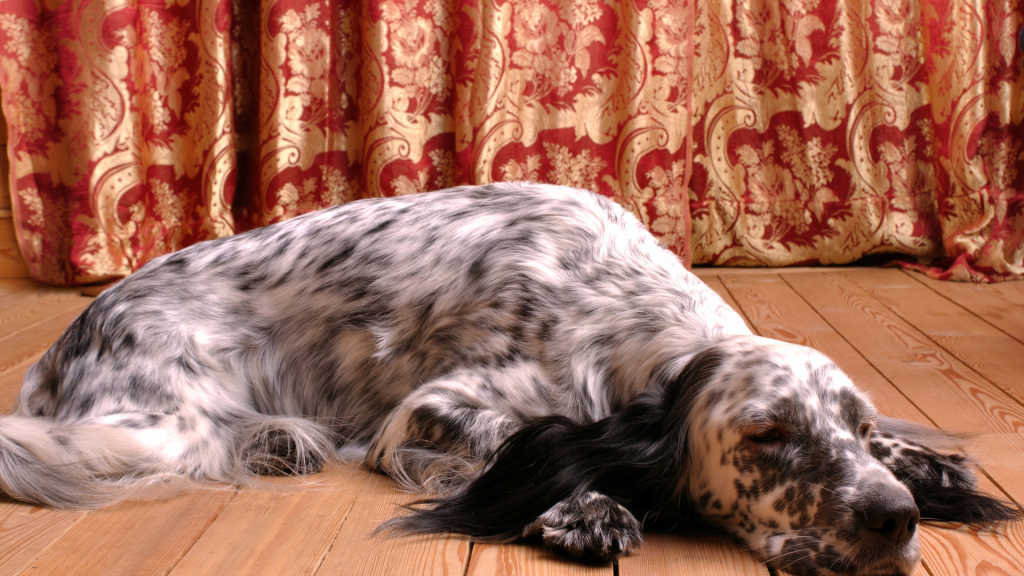
Boredom is unfortunately common among four-footers who’re left alone for long periods of time with nothing constructive to do.
So, when they are not provided with something to occupy their minds or bodies, many dogs will grab something and just start chewing on it. After all, chewing something is better than just staring at the wall all day, right?
Anxiety
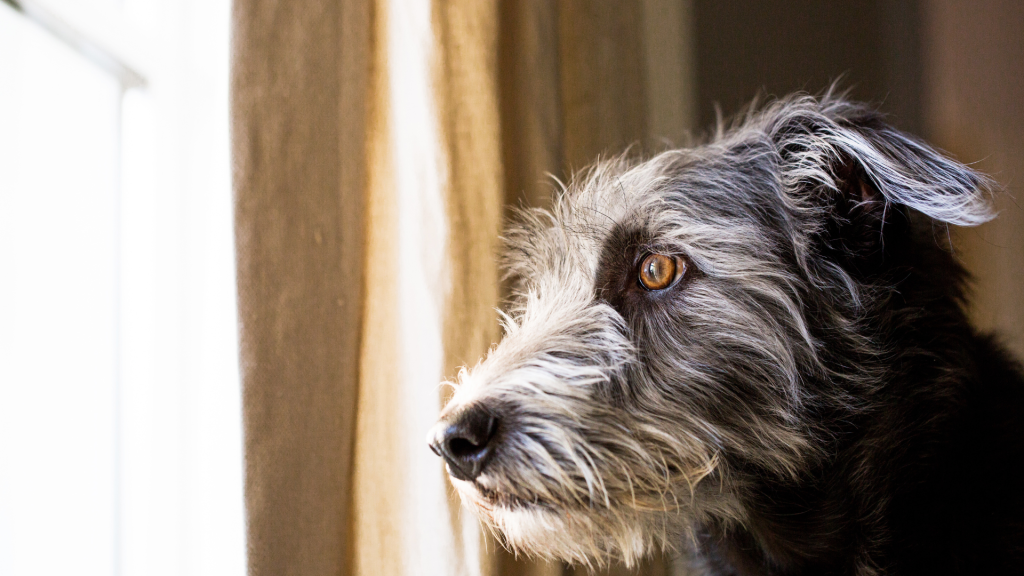
Anxiety and fear often manifest as obsessive or compulsive behaviors in dogs, and that includes chewing. Chewing helps these dogs soothe themselves, and it probably also takes their minds off their worries for a brief time.
Any kind of anxiety may trigger destructive chewing, but it is especially common among dogs suffering from separation anxiety.
Teething
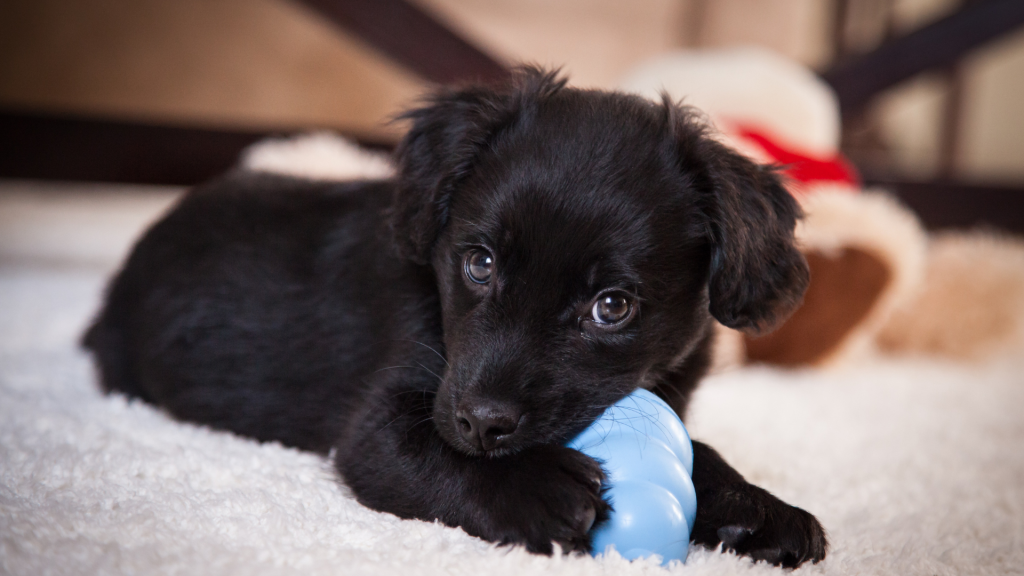
Young puppies experience some of the same pain and discomfort that human babies do when their teeth start coming in. And just like with their two-legged counterparts, young puppies often find that chewing on things helps alleviate some of the associated pain.
Dogs can experience teething pain when developing their first set of teeth at around 4 to 6 weeks of age, and again when their adult teeth come in at around 16 weeks.
Curiosity
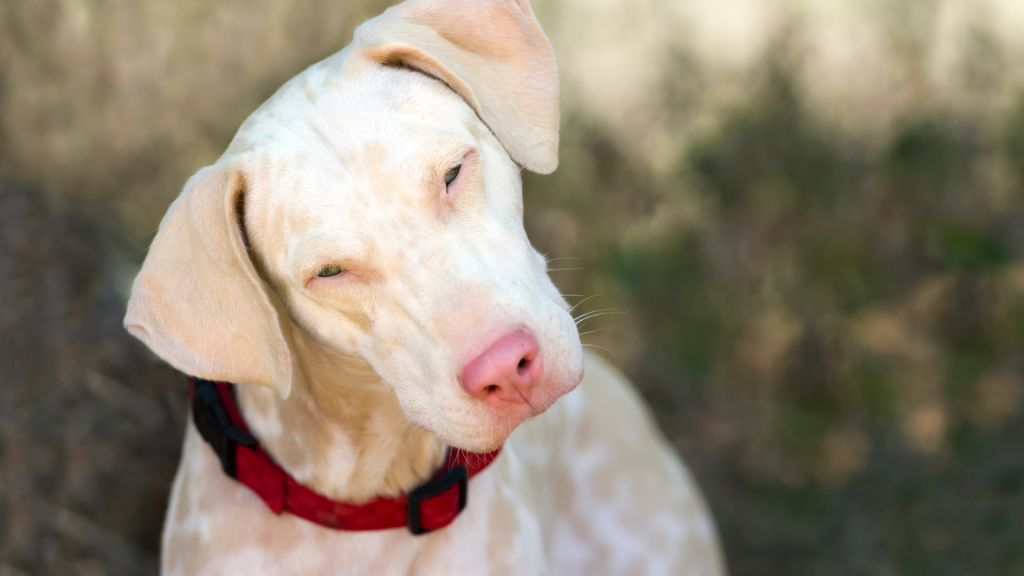
While humans tend to experience the world primarily via sight and sound, dogs tend to use their noses and mouths to explore. So, if your doggo is curious about something, they’ll likely start by giving it a sniff before moving on to some lickin’ and chompin’.
It is worth noting that this kind of curiosity-triggered chewing is more likely to become a problem for dogs who are also bored, hungry, or anxious.
Pica
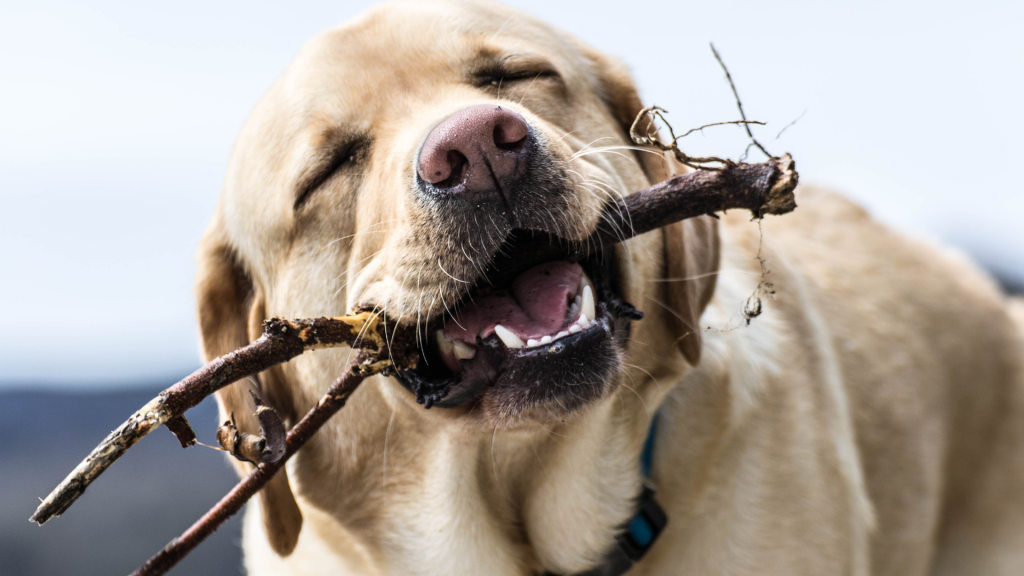
Pica is a medical condition associated with dogs who chew and eat non-food items.
Caused by an underlying mental or emotional problem, pica will typically require your vet’s assistance to address. Importantly, for a dog to be diagnosed with pica, they must actually consume the inedible items. In other words, a dog who chews up a can from the trash and eats it may be suffering from pica, but a dog who simply chews the can and then leaves it on the floor does not qualify for the diagnosis.
Help! My Dog Chews Everything in Sight! What Do I Do?!
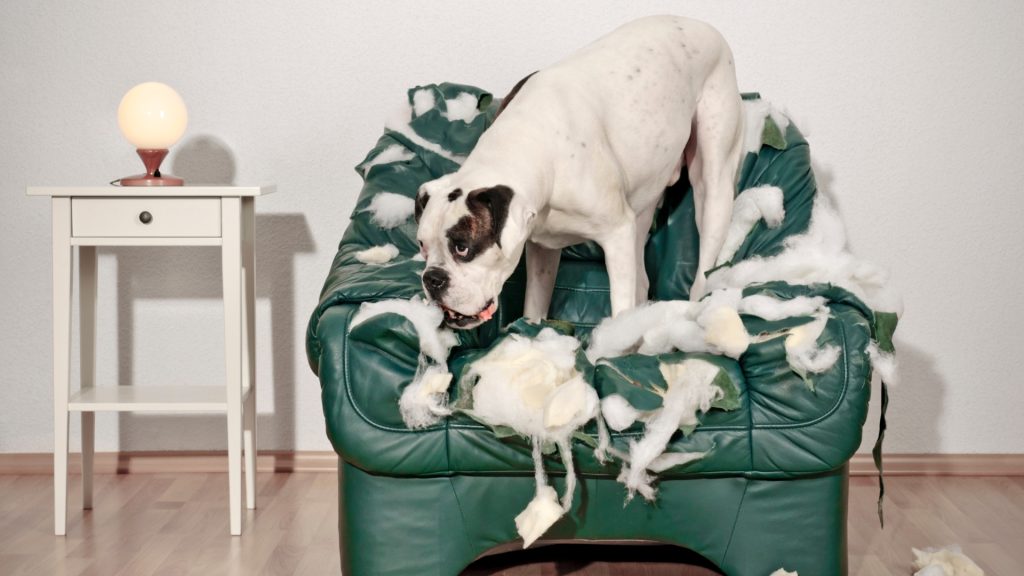
Putting an end to your dog’s destructive chewing habit is certainly possible, but I won’t lie: It can take some effort. You’ll not only have to put on your detective hat and determine the cause for the behavior but also take steps to alleviate the problem and provide your dog with better, healthier outlets.
Every situation is unique, but the following steps represent a good plan of attack:
1. Visit your vet.
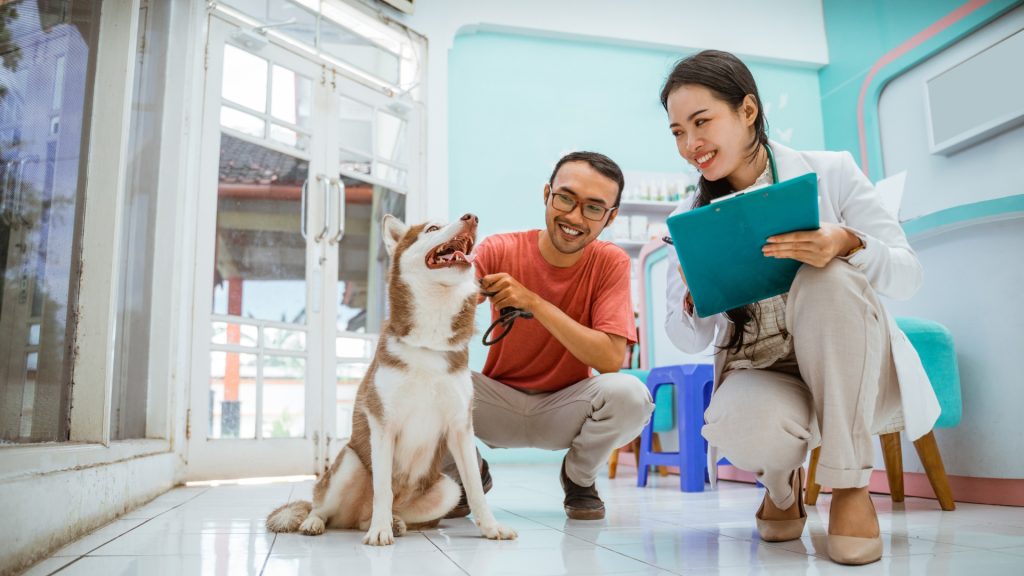
Some medical problems may trigger destructive chewing, so it is always wise to rule these types of problems out first. In fact, it’s almost always a good idea to take your pupper in for a checkup any time you notice them exhibiting a new behavioral problem — especially if it has started occurring suddenly and without any obvious explanation.
2. Examine your dog’s diet and calorie intake.
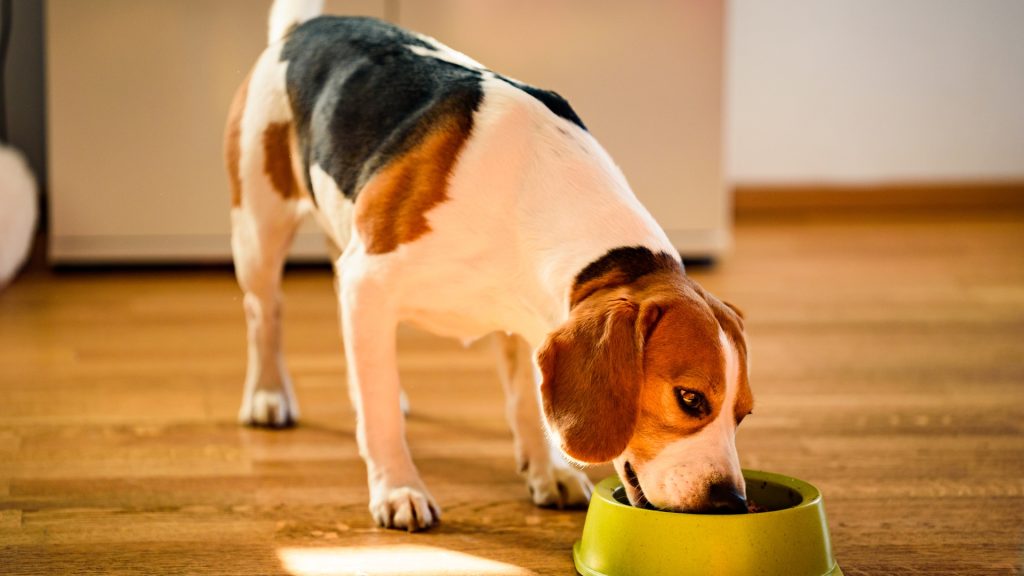
To help rule out hunger as the cause of your dog’s chewing problem, try to calculate the number of calories you provide them on a daily basis and then compare this number with their caloric needs. Your vet can help you with this task, or you can crunch the numbers yourself.
Just check the label on your dog’s food to find out how many calories the food contains per cup or per serving and then compare this number with a reputable canine calorie calculator, such as this one provided by the Ohio State University Veterinary Medical Center.
3. Dog-proof your home.
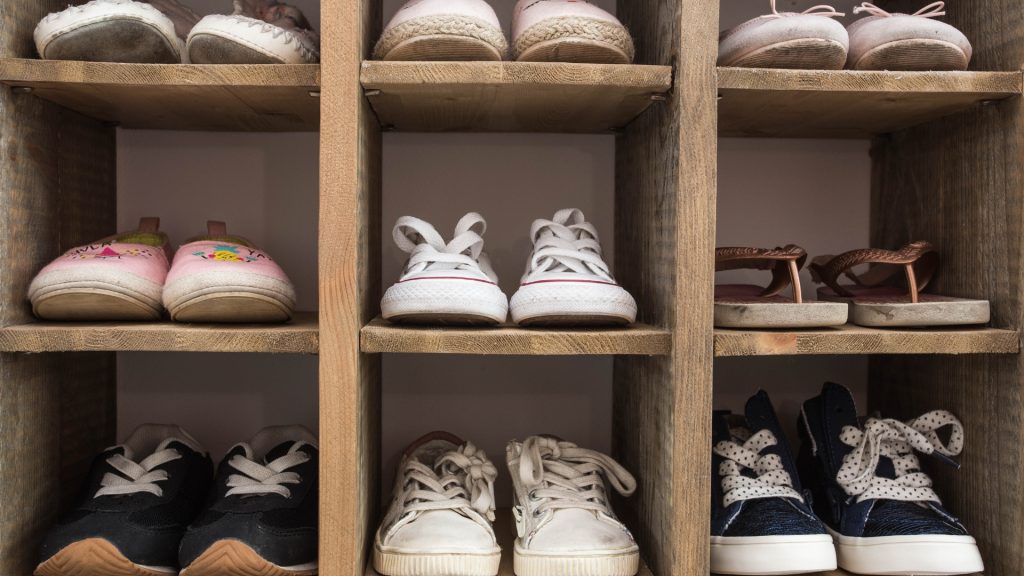
Having ensured that neither your dog’s health nor diet is likely to be causing the chewing problem, you’ll need to start trying to figure out what the root of the issue is. But because that may take some time, and it is important to prevent your dog from “practicing” the behavior or suffering an injury caused by chewing on something dangerous in the meantime.
So, go around your home and try to move anything your dog may chew. You obviously won’t be able to move your couch out of your dog’s reach, but address everything else you can. This may mean doing things like keeping the TV remote on a high shelf or keeping your closet door closed to protect your shoes.
4. Monitor your pooch more closely.
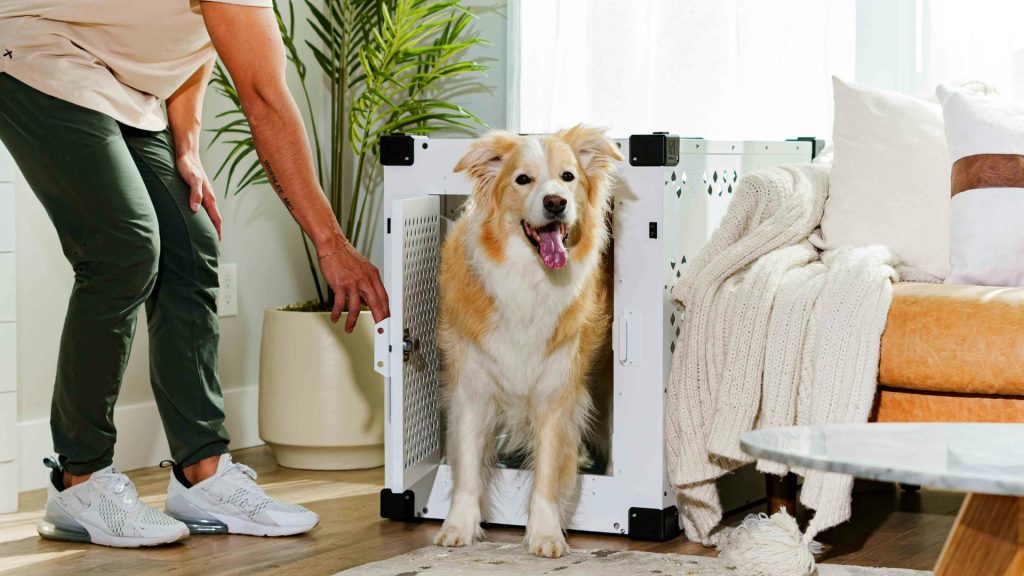
After making your house more pooch-proof, you’ll want to start monitoring your pet more closely. This will give you the chance to intervene if you spot them chewing something, and the extra attention may even help reduce your pup’s desire to chew in the first place.
This doesn’t mean you should lock your dog away in a crate for hours on end – that’s just cruel. But you should probably consider crating your pet or sequestering them in a playpen or behind a baby gate whenever you sleep or leave the home.
5. Provide more exercise and stimulation.
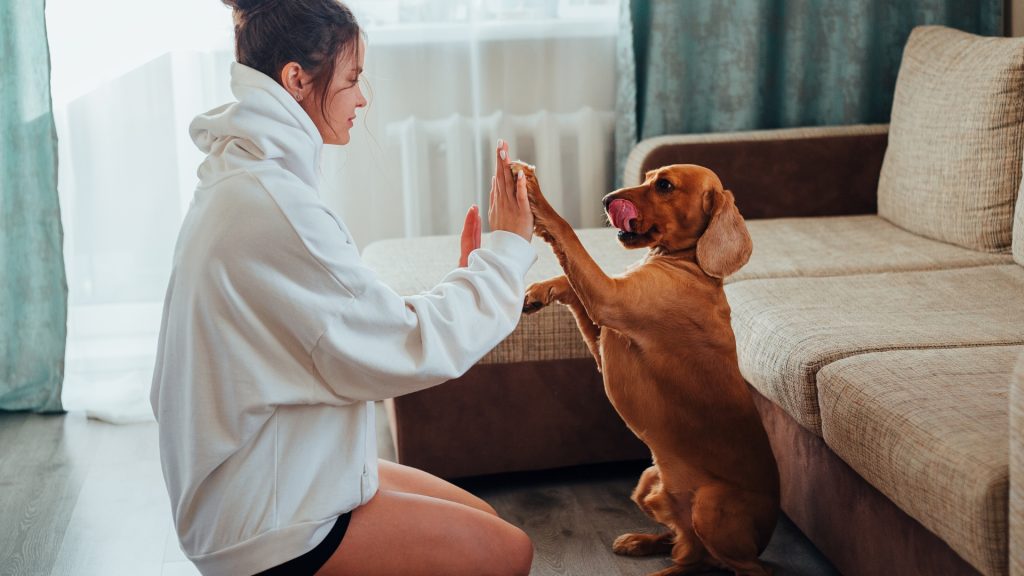
By this point in the process, you’ve ensured that your pooch is healthy and eating enough food, and you’ve limited their chances to chew on things by moving things out of reach and ramping up your canine-monitoring efforts. This means you can move on to one of the most beneficial steps for treating most behavioral problems in dogs: You’re going to start giving your dog more exercise and mental stimulation.
So, start going on more frequent walks, playing more fetch games, or teaching your dog how to complete agility obstacles. You can also consider things like using puzzle feeders, nose work, or simply engaging in more fun training sessions.
6. Give your dog things they CAN chew.
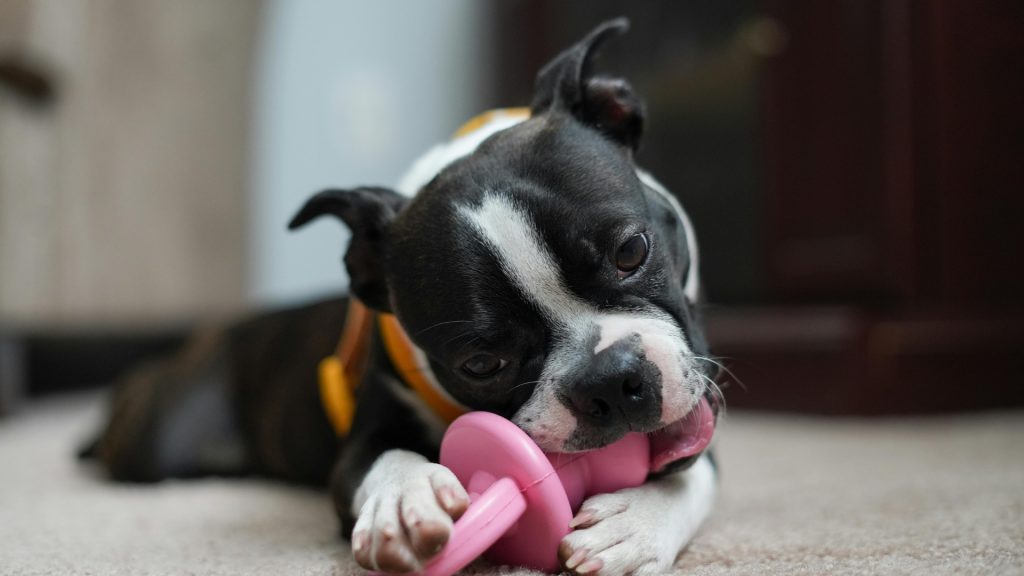
It’s important to remember something I discussed earlier: Chewing is an instinctual behavior for dogs. It isn’t necessarily something you want to eliminate completely — you just want to encourage your dog to chew appropriate things instead of expensive, messy, or potentially dangerous items.
Fortunately, there are a never-ending array of safe and fun chew toys available on the market. You may need to try a few different kinds to determine the style your pupper likes best, but it is well worth the effort and (modest) expense. Just be sure that you always monitor your dog whenever you give them a new chew toy to ensure that your dog doesn’t rip it apart or consume anything that may be hazardous if swallowed.
7. Address the underlying cause, if the chewing persists.
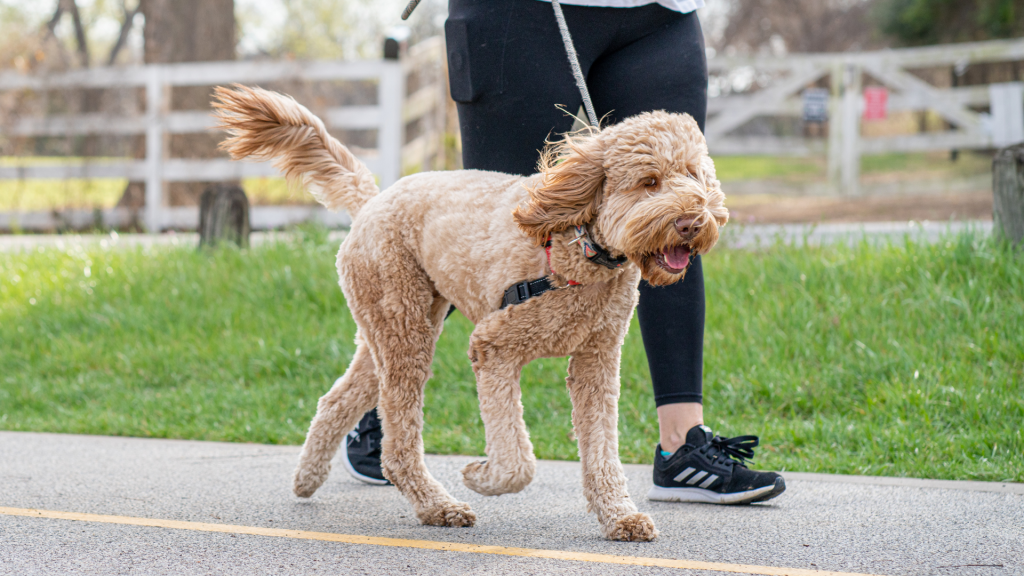
If you’ve followed all of the steps outlined above, but your dog keeps chewing up everything in sight, one of two things is likely the case: You either have a dog who’s just more interested in chewing than most or your dog is suffering from an underlying issue.
If your dog is simply a professional-caliber chewer, you’ll likely need to lean on management solutions. This means continuing to keep things you don’t want them to chew out of reach, continuing to monitor them closely, and providing tons of exercise and stimulation (which is actually a great idea for almost all dogs).
On the other hand, if your dog is chewing because of something like separation anxiety, you’ll need to take steps to resolve the issue. Fair warning: Separation anxiety is often easier to prevent than cure, and there aren’t many quick fixes.
You can do things like leave your dog for very short periods of time and gradually increase the duration of your absence to help your dog realize you always come back, and there’s nothing to fear. You can also try to stop making a big fuss when you leave the home; doing so often increases canine anxiety rather than soothing it.
But ultimately, many pet parents will find that professional help is necessary to address these kinds of problems.
Destructive Chewing in Dogs: FAQ
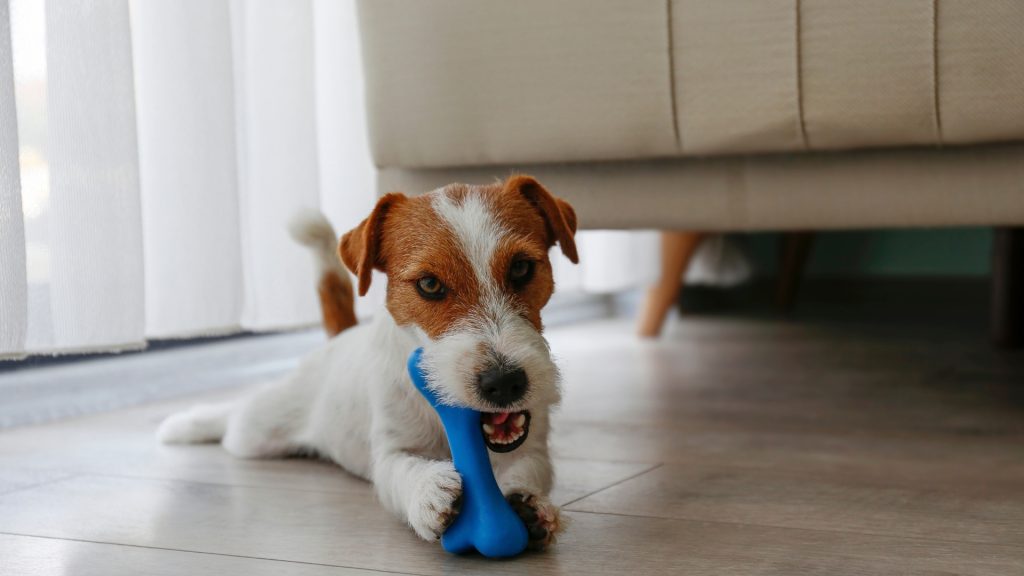
Still wondering why your dog is chewing on everything? Just need some quick answers? I’ve rounded up some of the most common questions owners have below!
Why do dogs chew so much?
Chewing is an instinctual behavior for dogs with deep evolutionary roots. That means it isn’t necessarily a “bad” behavior; it only becomes a problem when your dog chews things they shouldn’t. However, some dogs may also chew for reasons that do signal a problem, such as anxiety, boredom, or a medical issue.
It’s also important to remember that dogs also need to chew to help keep their teeth healthy.
When do dogs stop chewing everything up?
It varies from one dog to the next. Most puppies show a strong desire to chew during teething periods, and they also like to chew as a form of play. These types of motivations often start to diminish between about 6 and 12 months of age, but some dogs will continue to exhibit problematic chewing behaviors for their entire life if the root cause of the issue isn’t addressed.
Why does my dog keep chewing everything up?
Your dog may be chewing for a variety of reasons, ranging from hunger to anxiety to teething pain. If you’re concerned about your dog’s chewing behavior, work through the steps above or consult a certified dog trainer.
Do anti-chewing sprays work?
Anti-chewing sprays, such as bitter apple spray, appear to work for some dogs, but they don’t work in other cases at all. Ultimately, while these tools may be helpful, they’re just that — tools. You’ll still have to put in the work to identify the cause of the chewing behavior and take steps to address the problem.
Why does my dog chew blankets?
It isn’t entirely clear why some dogs seem to love chewing on blankets, but it is a pretty common phenomenon. It’s probably due to some combination of factors, including the fact that some dogs simply like the way blankets feel in their mouth.
Get the Training Help You Need to Stop Destructive Chewing

It’s always wise to start addressing your dog’s destructive chewing problem by trying some of the solutions provided above.
But unfortunately, the chewing habits of some dogs can become quite ingrained and require more elaborate measures to curtail. And because every doggo is an individual, they often need personalized training solutions to completely kick the destructive chewing habit.
And that is exactly the kind of training services I provide! I strongly believe that training solutions are only effective if they’re tailored to the unique needs of you and your dog. That’s why I start all of my training programs by doing one key thing: listening.
I take the time to understand your specific issue and figure out why your pupper is struggling. From there, I will work with you to implement a training approach that works well for you both.
Head on over to my contact page and drop me a line. I’d love to help you and your dog enjoy a happier life together!


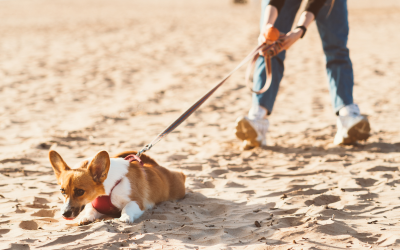
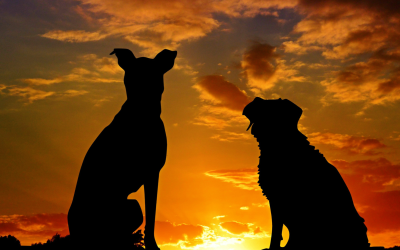
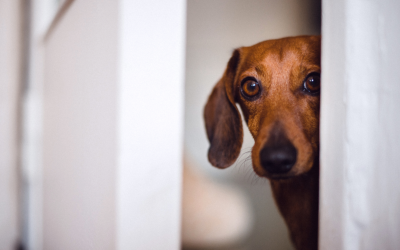
Recent Comments